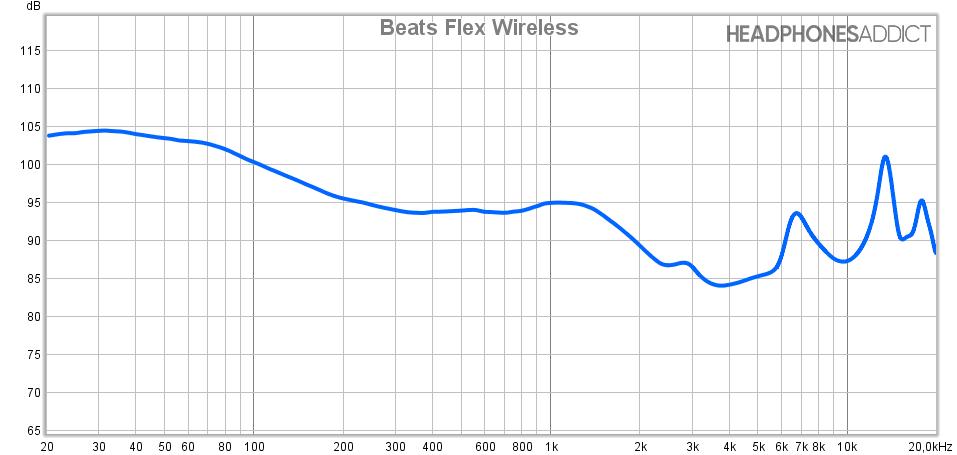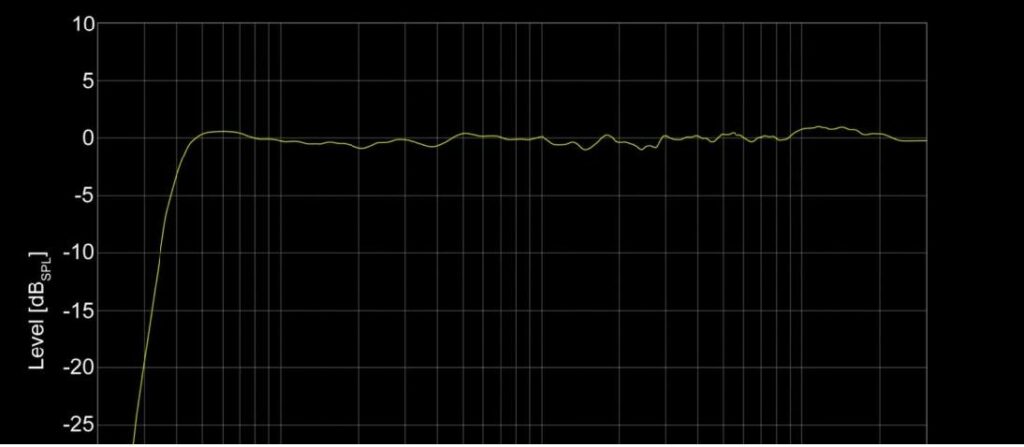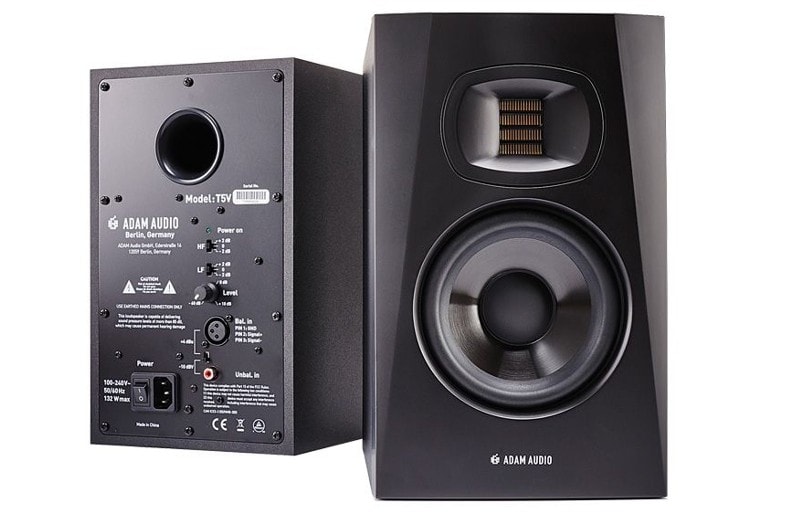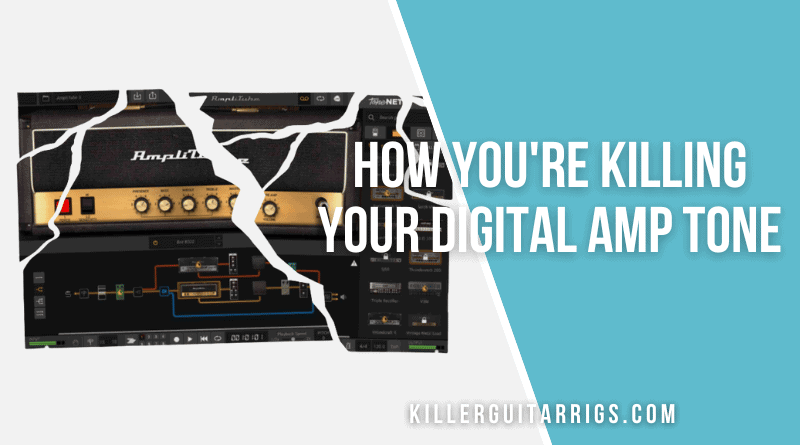One of the big things in the guitar world over the last few years has been digital modeling, be it through software like the Neural DSP plugins or physical modeling/profiling units like the Kemper, Axe FX, or Line 6 Helix Series.
Still, no matter how accessible modeling tech has become, there’s still one huge speed bump for guitarists that’s causing them to choke their guitar tone. Even with the most advanced profilers and modelers on the market, this one simple thing is causing countless players to knock out sub-par tones.
In this article, we’re going to walk through this problem, and then we’re going to give you our top tip for solving it.
Let’s jump in!
Contents
The Good Old Days

Up until recently, guitarists played physical guitars through physical amps, which then blasted their tone out of physical speakers, either in combos or cabs.
Of course, there are still tons of guitar snobs all over the world who will cork sniff over certain vintages of Celestion speakers, and for good reason – speakers make up a GIGANTIC part of your electric guitar’s tone.
YouTube has recently been flooded with content creators and producers demonstrating the difference in tone you get from the same amp using a different speaker cab.
For example, in 2022 Ola Englund did a shootout of his Engl Savage 60 through a variety of Mesa, Hesu, Fortin, Randall, Engl, Marshall and EVH cabinets. Even with many of them housing Celestion Vintage 30s, the actual construction of the cabs themselves caused such a wide variation in tone from cab to cab that you could easily mistake it for an amp shootout and not a cab shootout.
Moving Into The Present

In the last few years, as more and more guitarists have moved into the digital realm, speakers have been all but forgotten about – often, the modern chain is physical guitar, into digital amp (via consumer interface), into airpods or cheap desktop speakers.
Yes, there is a market for cab sims and IRs, but if you’re playing the output through some sort of consumer headphone or speaker, you’re seriously kneecapping your tone, no matter how accurate the simulation.
The result is a lot of guitarists dialing in tones that actually don’t sound all that good. Their guitar tones are muddy or overhyped in the wrong place, or they’re clashing with other instruments and have trouble standing out in a mix.
Worse still, if you’re dialing in a tone on a Kemper or Quad Cortex using your consumer headphones or desktop speakers, there’s a good chance you’ll find yourself arriving to the practice room or, worse, a gig with a terrible tone, leaving you having to spend precious time fixing your sound when you should be playing.
Why Do They Sound So Bad?
There are a number of reasons that consumer headphones and regular desktop speakers will lead to bad guitar tones, and they all really come back to one thing – they’re not made for this!
Frequency Response
Consumer headphones and speakers typically have quite a limited frequency response – you might see claims that AirPods have a response range of up to 21000 Hz, but in reality, they’re not giving you anywhere near that kind of response in a usable way. This means that your amp sim might be pumping out a lot of tones that you’re not hearing, leading you to either ignore things you should be removing, or boosting things that you’re not hearing properly.
Coloration

Most consumer devices are designed to “enhance” your listening experience in some way. For example, gaming speakers will typically hype the low end so that an explosion feels huge – but this really doesn’t translate to guitar tones.
You might have a default guitar tone that has a tight low end, but because you’re listening to it through gaming speakers, you’re hearing a huge woofy low end.
As a result, you start trying to EQ out the sound of the speakers, but actually all you’re doing is thinning out your guitar signal. This means when you move that tone to another environment, it’s going to sound terrible.
Listening Environment
Typically, if you’re using computer speakers, you’re probably in a sub-optimal space for judging your guitar tone. Here, we’re talking about a room that doesn’t have any kind of treatment that would deal with things like room reverb or standing waves. These can have a dramatic effect on your tone – even something like having your speakers improperly oriented towards your head can boost or mask certain frequencies that shouldn’t be a consideration in your tone.
Dynamic Range
Dynamic range is basically the difference in volume between the quietest thing and the loudest thing. Many headphones or speakers try to compress the signal a little so the quiet is a little louder, and the loudness isn’t as in your face. If you’re trying to play around with dynamics, your consumer headphones or desktop speakers aren’t going to give you an accurate reflection of those dynamics, and this can have a detrimental effect on your playing.
So What’s The Solution?
If you’re replacing a $1500 Mesa Boogie 4×12” cabinet with a $45 pair of desktop speakers, you can’t expect to get anywhere near the same tone. So what should you do?
Get a proper pair of studio monitors. It’s that simple.

Now studio monitors are their own topic, and you can spend anywhere from under $100 to over $50k on them, but for a good starting point, look for a pair of powered monitors (which means they have built-in amps to match the drivers in the speaker), that are “nearfield” (which means they’re suited to smaller spaces like bedrooms or computer cubbies), and get a smaller size such as 5” so you’re not blasting sound all over our room, causing issues with reflection and standing waves.
Our pick for such a monitor – that sounds amazing but won’t break the bank – are the Adam Audio T5V monitors. They’re 5-inch active nearfield monitors that will give you a super accurate representation of all of the frequencies coming out of your amp sim, and won’t break the bank at about $200 per monitor ($400 the pair).

The T5Vs are made for small room studios and have DSP-controled driver crossovers and EQ, feature a 50W Class D woofer amp and a 20W Class D tweeter amp, meaning you get extended frequency response, robust dynamic range, a broad sweet spot, and a nice compact footprint – meaning you won’t have to rearrange your whole room to accommodate them, and they won’t be annoying your neighbors either.
When you use standard consumer-level earbuds or speakers, you’ll most likely find that they have a bass and lower mid-bias at the expense of all other frequencies. This typically sounds fantastic when you’re listening to music that’s already been mastered, but when you’re playing in real-time through a digital rig, or trying to set a mix in a recording, this will seriously throw off your EQ. What you’ll find with the T5Vs is that their ribbon element tweeters and 5” woofer provide a true balance that behaves as expected with cab sims and IRs.

A lot of desktop speakers, particularly those with woofers, also struggle when placed in what you’d think would be the most logical place for them, on a desk, usually close to a wall. Speakers with woofers usually tend to have rear-mounted ports, and when those ports are in close proximity to a wall, the perception to your ears is going to be over accentuation of the lows. The natural response when recording or playing your guitar would be to cut out some of the bass, but in a mixdown, you’d be left with a thin, tinny recording. Speakers like the Adam Audio T5V solve for this with the inclusion of a low-frequency cut switch, which fixes the issue without the need for you to physically relocate your speakers.
While any set of studio monitors is going to be better than standard speakers, you also need to take into account ear fatigue. This can cause ear and headaches and is usually triggered by extended periods of listening to speakers that overpronounce a particular frequency. Budget monitors often put a lot of emphasis on the trebles to help the speakers appear sharper and crisper, and while it may sound great at first, after a prolonged practice or recording session, you might find that ear fatigue sets in. The T5Vs balance the frequencies in such an organic way that you’re extremely unlikely to suffer from ear fatigue while using them.
Conclusion
If you’re trying to take your music seriously, a great set of desktop monitors really is essential, there’s no overlooking that fact. There are plenty of marketing gimmicks in the audio industry, sure, but the use of proper monitors definitely isn’t one.
Regular PC speakers are mostly voiced to sound good with pre-mastered music, or video games, not the direct output from your guitar, or even digital emulations of amps and cabs. In the long run this is going to cause you to make changes to your EQ and FX that murder your tone.
By using the right speakers, for example, a pair of Adam Audio T5V monitors, you’ll get an ultra-accurate reflection of your tone, which will make a world of difference when it comes to mixing and mastering, and they’ll likely save you countless hours of tearing your hair out, trying to figure out where all the mud in your mix is coming from.


